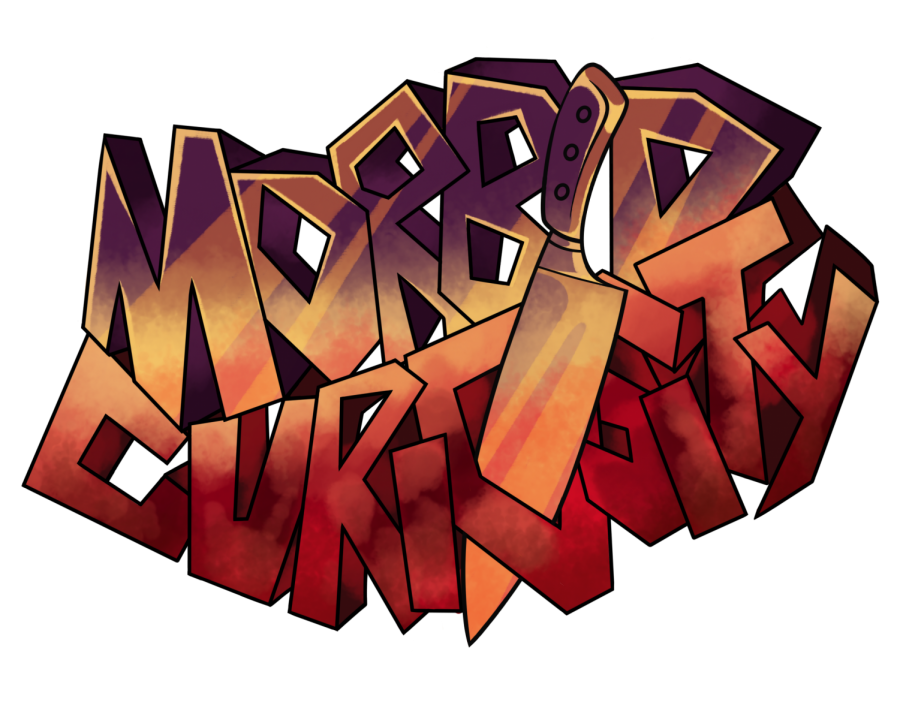Morbid Curiosity
Rachel Monroe’s “Savage Appetites” explores our love-hate relationship with dark subject matter
March 5, 2020
In just four weeks after its debut, Netflix had a new hit on its hands: the psychological/romantic thriller, “You.” In case you’ve missed the countless tweets and memes about the show, it features Penn Badgley as Joe Goldberg, a man so obsessed with those he falls in love with that he will stop at no end to “protect” his relationship, including murder.
A month after its premiere, “You” became a social phenomenon. The show amassed over 15,000 posts on social media in just three weeks, mostly by teenage girls and women in their twenties.
In recent years, our fascination with the warped morality of serial killers has manifested itself in the entertainment industry.
2007: Robert Downey Jr. and Jake Gylenhaal star in a film about the Zodiac killer.
2017: Ross Lynch plays a teenage version of Jeffrey Dahmer.
2019: Zac Efron embodies Ted Bundy in the Netflix Original biopic.
One after another, movies based on serial killers turn into box office hits.
So what makes these stories so appealing?
Why are people, particularly women, so attracted to glorified stories of killers, violence and true crime?
Rachel Monroe’s “Savage Appetites” offers some answers. The book explores the world of true crime, evaluating the unique forces that attract women to these dark topics.
Monroe argues that the professional world of crime is overwhelmingly masculine, ranging from the detectives to the perpetrators, and everyone in between.
But the consumers of crime are distinctly feminine. So why is this the case?
Monroe’s theory? Maybe women are interested in true crime because there’s something inherently “creepy” within themselves.
The story chronicles the lives of four distinct women, each having a different relationship with crime. Their stories are broken up into four long chapters, each analyzing a different archetypal motivation: the detective, the victim, the defender and the killer. While each story spotlights a singular woman’s relationship with crime, Monroe notes her own experiences with each archetype as well.
The final story, titled “The Killer,” both shocked and fascinated me. It tells the story of Lindsay Souvannarath, a 23-year-old Tumblr addict who lived in a small suburb in Illinois. She had always felt a strange attraction to the world of mass murderers ever since she was in middle school. And in February of 2015, she and her online boyfriend decided to manifest this obsession in reality. So they planned a mass shooting of their own. At a shopping mall. On Valentine’s Day.
Not only does Monroe tell Lindsay’s story tastefully with exclusive insight, she somehow manages to humanize her life in a sort of twisted fashion. Monroe zeroes in on a perverted form of crush culture, to which Lindsay belonged.
While most teenage girls drooled over Justin Bieber or One Direction, Lindsay focused her love on a more sinister subject: the Columbine high school shooters. Diving headfirst into her new Tumblr “fandom,” she found refuge in the arms of her fellow “Columbiners.”
Monroe also reveals another truth—one we often ignore: for every wholesome dog or adorable baby video we see on social media, there exists an alternate world filled with glorified images of serial killers and school shooters.
In “Savage Appetites,” Monroe confronts that reality and evaluates the dark role of social media in grooming seemingly innocent teenagers into cold blooded killers.
Obsession, murder, passion: the defining themes of “Savage Appetites.” In tackling uncomfortable concepts, Monroe reveals the psyche of four specific women who feel an unnatural connection to violence of the worst kind.
Disgust, intrigue, maybe even empathy: the emotions you will feel while reading this book. You will be shocked at first. You will find yourself asking, why would anyone do such a thing? How can people romantacize something as heinous as murder?
Ultimately, “The Killer” will open your eyes and even your mind. It will force you to come to terms with the facts: bad people exist and they aren’t born that way.




